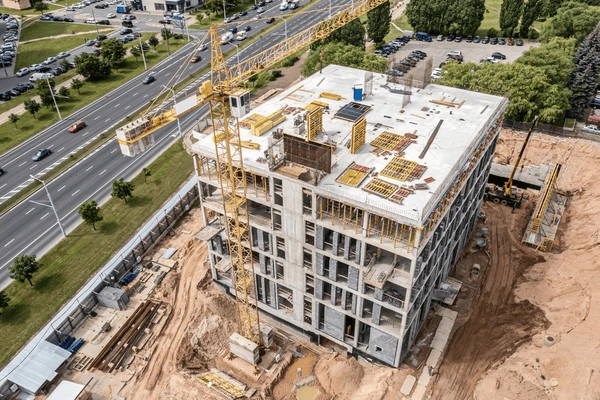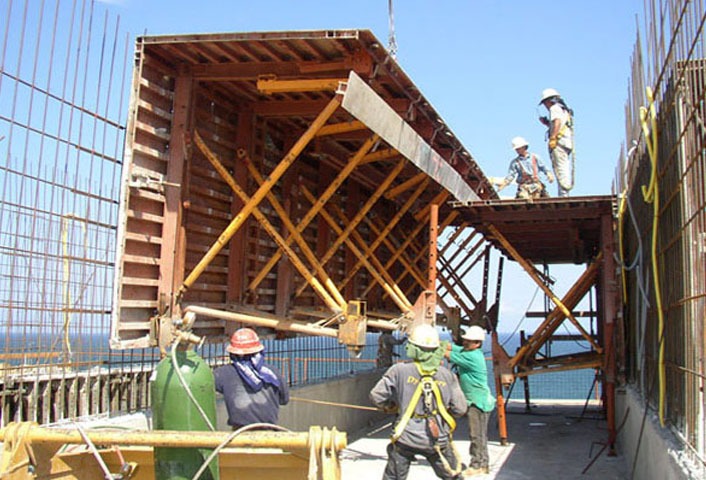Developer Journey in India:
7 Phases to Project Mastery
Developer Journey in India unfolds across seven proven phases—from land acquisition to exit planning—empowering you to launch, deliver, and scale your next real-estate project with confidence.
Phase 1

Land Sourcing & Acquisition in the Developer Journey in India
Secure Prime Parcels with Due Diligence & Partnerships
Identify and acquire the right land—whether urban infill or greenfield township—by conducting rigorous title searches, structuring smart joint ventures, and placing strategic bids. This foundational step sets the stage for every subsequent phase and underpins your project’s ROI.
- Common Challenges:
- Land-price volatility in hot markets
- Title disputes or hidden
encumbrances - Misaligned JV or partner
expectations
- Cost of Skipping:
- Unviable site selection
- Legal entanglements that halt progress
- Ballooning acquisition costs
- Metrics Box:
- Target: Secure 5–10 acres (or 1–3 ac urban)
- Timeframe: 3–6 months
Phase 2

Feasibility & Finance
Validate Returns & Lock in Funding
Validate your project’s economics with detailed feasibility modeling and secure a balanced capital stack—pre-sales, debt, equity, or QIPs. Robust financing safeguards cash flow and keeps your development on schedule through market fluctuations.
- Common Challenges:
- Interest-rate spikes raising capex costs
- Under-pre-sales leading to cash shortfalls
- Over-leveraging creating debt distress
- Cost of Skipping:
- Severe cash-flow crises
- Forced project halts or discounting
- Compromised quality to cut costs
- Metrics Box:
- Target: minimum 80 % of total funding secured
- Timeframe: 2–4 months
Phase 3

Design & Approvals
Craft Buyer-Focused Layouts & Fast-Track Permits
Craft buyer-focused layouts that maximize livable area and publish transparent amenity specifications. Streamline RERA and municipal permits via a dedicated approvals cell to accelerate launch readiness and build pre-sales confidence.
Common Challenges:
- Protracted RERA
or municipal approvals - Scope creep after initial design
sign-off - Regulatory non-compliance fines or rejections
- Protracted RERA
Cost of Skipping:
- Launch delays that erode market
window - Costly re-designs and scope
adjustments - Loss of buyer trust and refund requests
- Launch delays that erode market
Metrics Box:
- Target: All key permits in hand
- Timeframe: ≤ 6 months
Phase 4

Construction Management
Deliver On-Time
with Modern Build
& QC
Implement modern methods—tunnel-form or precast—and ISO-grade quality controls to slash build cycles and protect margins. Consistent execution and lean site operations ensure on-time delivery and uphold your brand reputation.
- Common Challenges:
- Skilled-labor shortages and retention
- Material-price volatility impacting budgets
- Quality lapses requiring rework
- Cost of Skipping:
- Costly schedule slippages & penalties
- Margin erosion from rework
- Reputational damage with end users
- Metrics Box:
- Target: minimum 90 % build milestones hit
- Timeframe: Projected construction duration
Phase 5

Sales & Marketing
Lock in Cash Flow with PropTech & Positioning
Leverage PropTech—VR tours, AI-driven CRM, and digital portals—to secure at least 60% pre-sales and lock in early cash flow. Clear segment positioning, whether mid-market or premium, helps you stand out and accelerate bookings.
- Common Challenges:
- Weak brand recall among buyers
- Low traction in early-bird bookings
- Mismatch between product features and market demand
- Cost of Skipping:
- Liquidity shortages pre-launch
- Deep discounting to shift inventory
- Inventory write-downs harming ROI
- Metrics Box:
- Target: minimum 60 % units pre-sold
- Timeframe: 3–4 months pre-launch
Phase 6

Handover & Operations
Cement Reputation with Superior Care
Deploy dedicated handover teams, digital service apps, and proactive warranty protocols to resolve 95%+ of defects swiftly. A smooth handover and superior after-sales care turn buyers into brand advocates and referral sources.
- Common Challenges:
- Coordination gaps across trades at close-out
- Backlog of defect rectifications
- Slow response to customer concerns
- Cost of Skipping:
- Brand erosion through negative word-of-mouth
- Loss of repeat business and referrals
- Metrics Box:
- Target: minimum 95 % defects resolved
- Timeframe: Within warranty period (6–12 months)
Phase 7

Portfolio Growth & Exit Planning for India Developers
Scale Smartly & Secure Your Returns
Strategically diversify across segments and geographies, and define clear REIT or M&A exit pathways to maximize returns. This final step ensures sustainable growth, optimal exit timing, and capital for your next venture.
- Common Challenges:
- Over-concentration in one market or product type
- Poorly timed equity exits or REIT launches
- Governance and compliance gaps for public/REIT structures
- Cost of Skipping:
- Missed optimal sell-windows reducing exit multiples
- Forced distress sales at sub-par prices
- Metrics Box:
- Target: Enter 2 new markets & finalize exit plan
- Timeframe: 12–24 months
